Between being and not being: Wanda Koop’s ’In Absentia’ at Division Gallery, Toronto
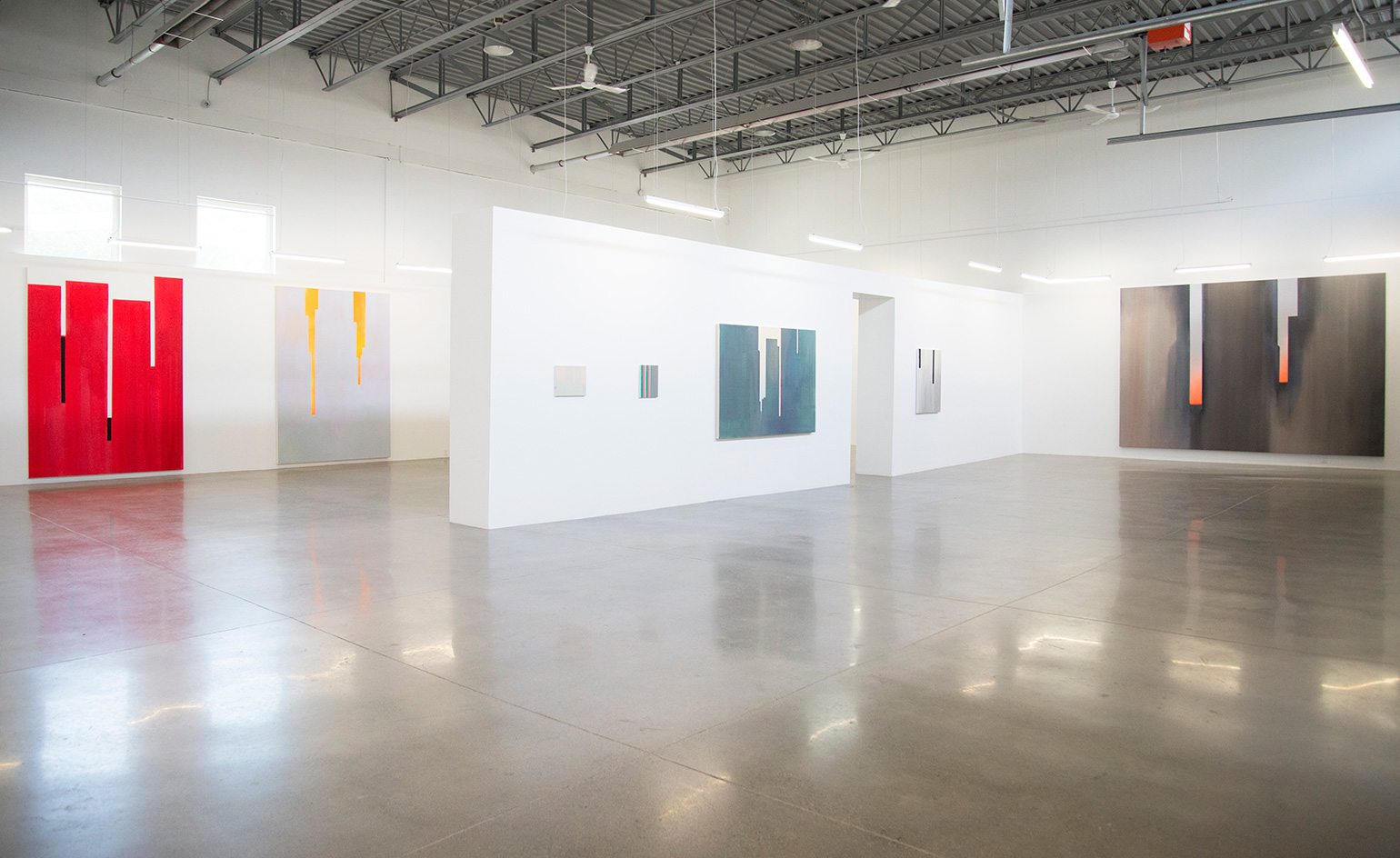
When she was 21 years old, Canadian artist Wanda Koop dreamed of moving to New York from Winnipeg, but a jarring experience scared her off when she went to take a look at a Bowery studio in 1972. 'There was a guy at the entrance of the building with a machete swinging it back and forth and screaming. At that time it was pretty rough around SoHo and I got pretty spooked and I thought, "I’m just not going to make it,"' recalls Koop. 'So I went home and the rest is history.'
Over the ensuing four decades Koop has travelled and exhibited all over the world and her explorations into colour theory – via paintings, photography and video – have put her at the forefront of the Canadian art world. That said, the fact that she never lived in New York was still gnawing at her last winter, when she decided to take up residency at the Sixty LES hotel, which resulted in her stunning new series, In Absentia, currently on view at Toronto’s Division Gallery. The expansive 90-work series of drawings and paintings filters the Manhattan skyline through the lens of colour field abstraction and memory, that elevates the iconic architectural aspects of New York into an ethereal experience while deftly avoiding kitschy cliché.
'I had no intention to do paintings of the skyline, but I checked in for one night, went up in the elevator, and when the door opened it was floor to ceiling windows overlooking lower Manhattan. I was seeing more sky than buildings, and it was absolutely spectacular,' says Koop, who also had a studio in Brooklyn, but wasn’t certain she’d make any work as her mother had recently passed. 'I was quite disembodied, like being on an airplane – you’re not dead, but you’re not really anywhere. It was appropriate I was in a hotel because I wasn’t really there either. I was just passing through.'
Luckily, she found her place amid positive/negative space silhouetted around One World Trade Center – 'this place between being and not being' – and she gradually began making notes, sketching and ultimately rendering 30 canvases of the archetypal cityscape over the next few months. When she returned home to Canada she spent the next year and half literally working in absentia from Manhattan at her Winnipeg studio (and her cabin in the Canadian wilderness), filling sketchbooks and making 60 more paintings that place viewers in a dense field of vibrant brushstrokes. These offer perspective shifts between ephemeral abstraction and sharp-focus representation that could even be interpreted as electric translations of Dan Flavin neons or Richard Serra slabs.
'I paint in layers and the viewer becomes directly engaged. It’s optical to some degree, but it’s softly optical,' says Koop, who has previously road tripped across Canada on a motorcycle (for various series, from Building in the Pool of the Black Star to this year’s hick-hop-influenced Trick Rider) watched countless hours of Iraq War coverage over a six year period (Green Zone) and boarded an ocean freighter up the Saint Lawrence Seaway (Seeway) to generate bodies of work. 'I always think of myself as a visual language researcher. I’ve spent a lifetime researching colour, and it became this vehicle for me to talk about an environment that was in some ways familiar but also overwhelming for me.'
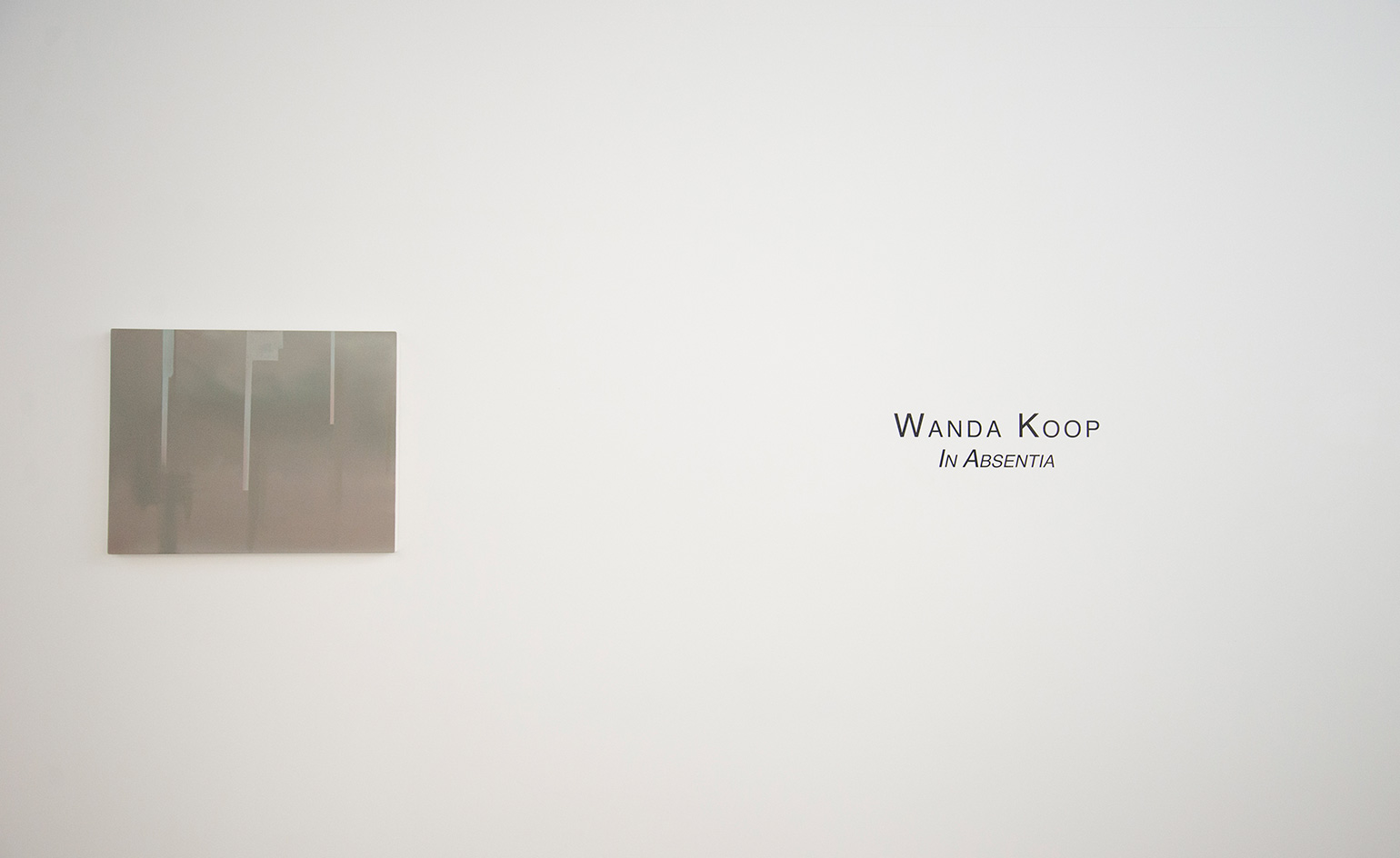
Koop has travelled and exhibited all over the world and her explorations into colour theory – via paintings, photography and video – have put her at the forefront of the Canadian art world
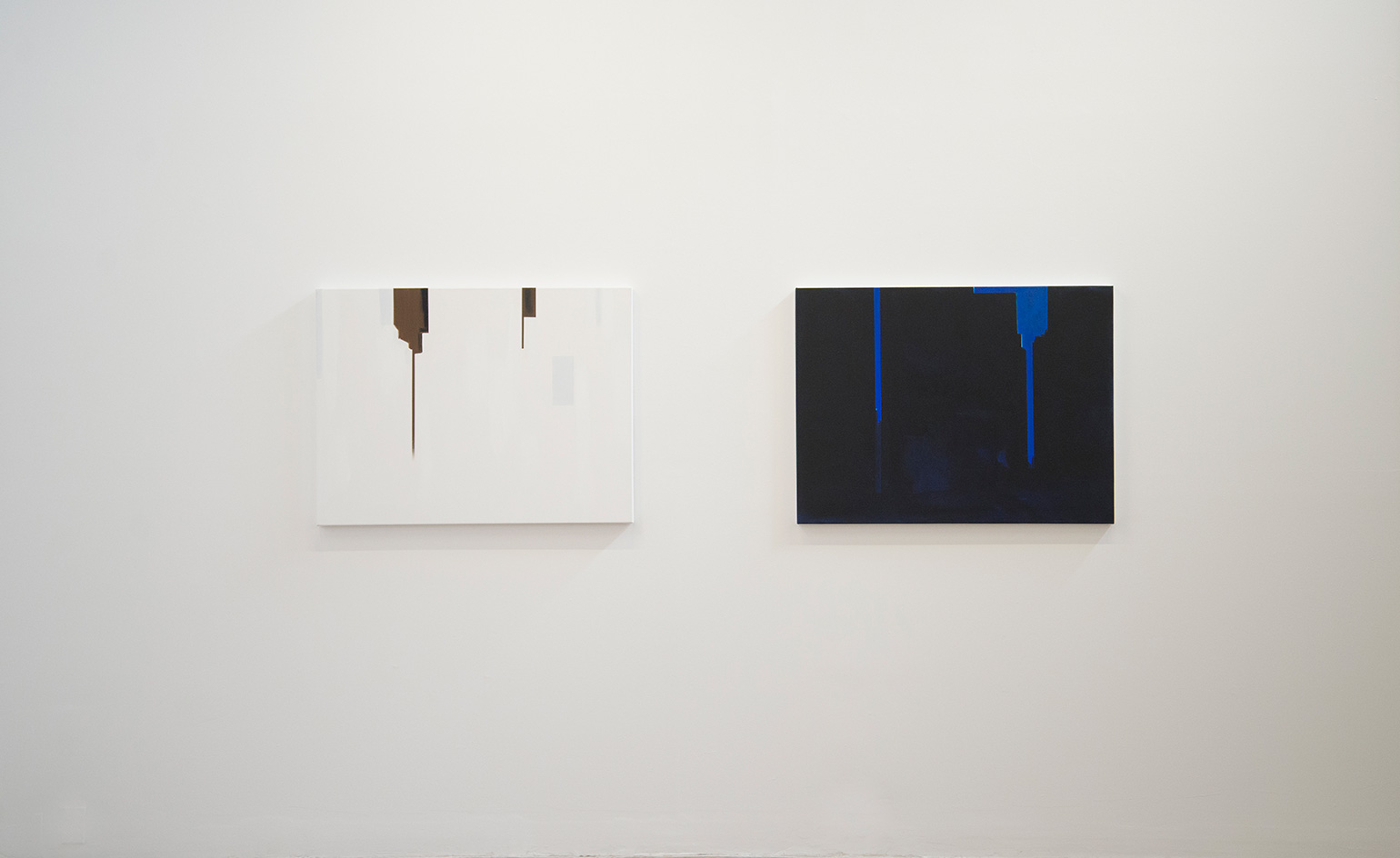
The expansive 90-work series of drawings and paintings filters the Manhattan skyline through the lens of colour field abstraction and memory that elevates the iconic architectural aspects of New York into an ethereal experience
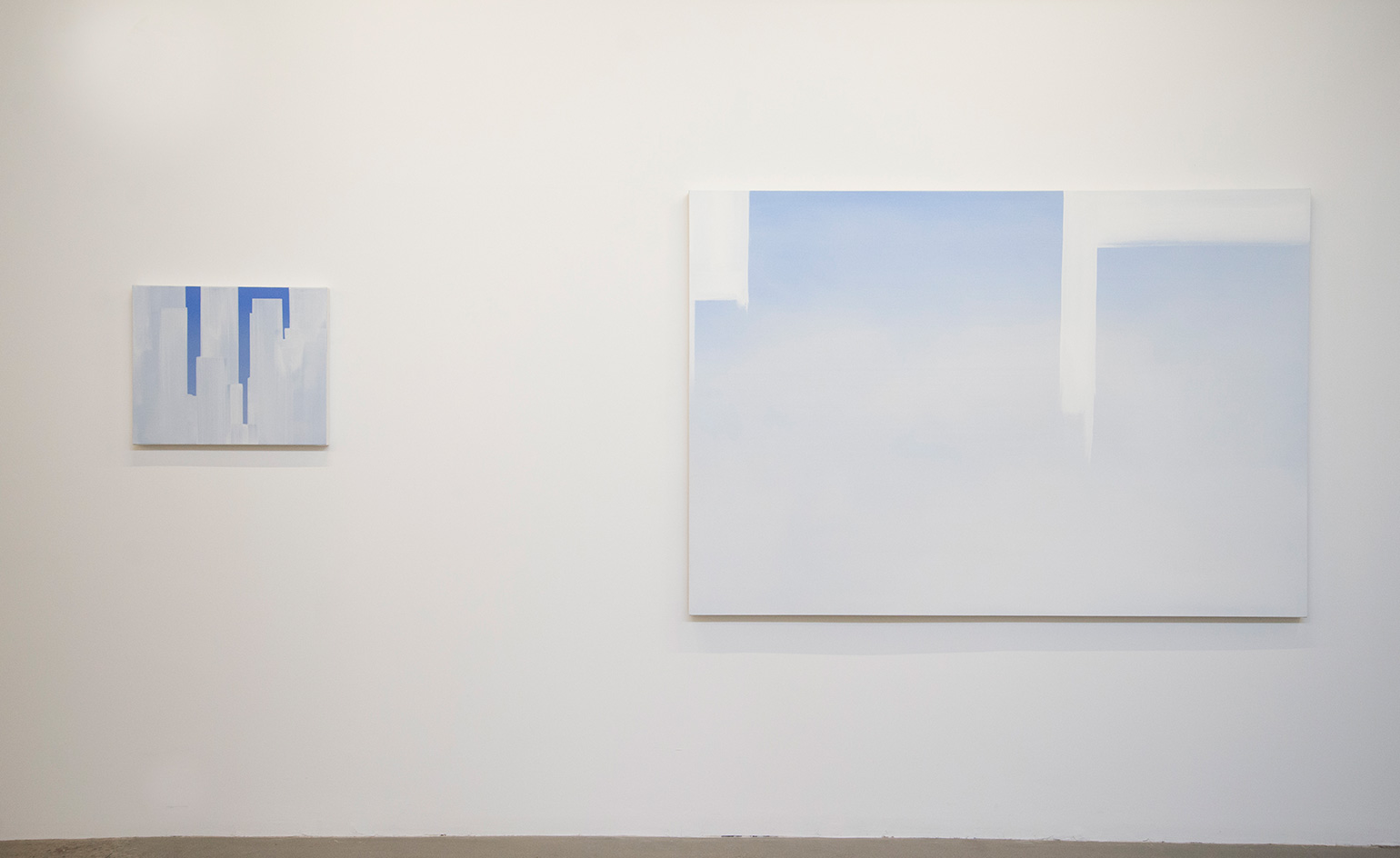
As a student at the University of Manitoba, Koop dreamed of moving to New York from Winnipeg. Around 40 years later, taking up residence at the city’s Sixty LES hotel informed this new body of work
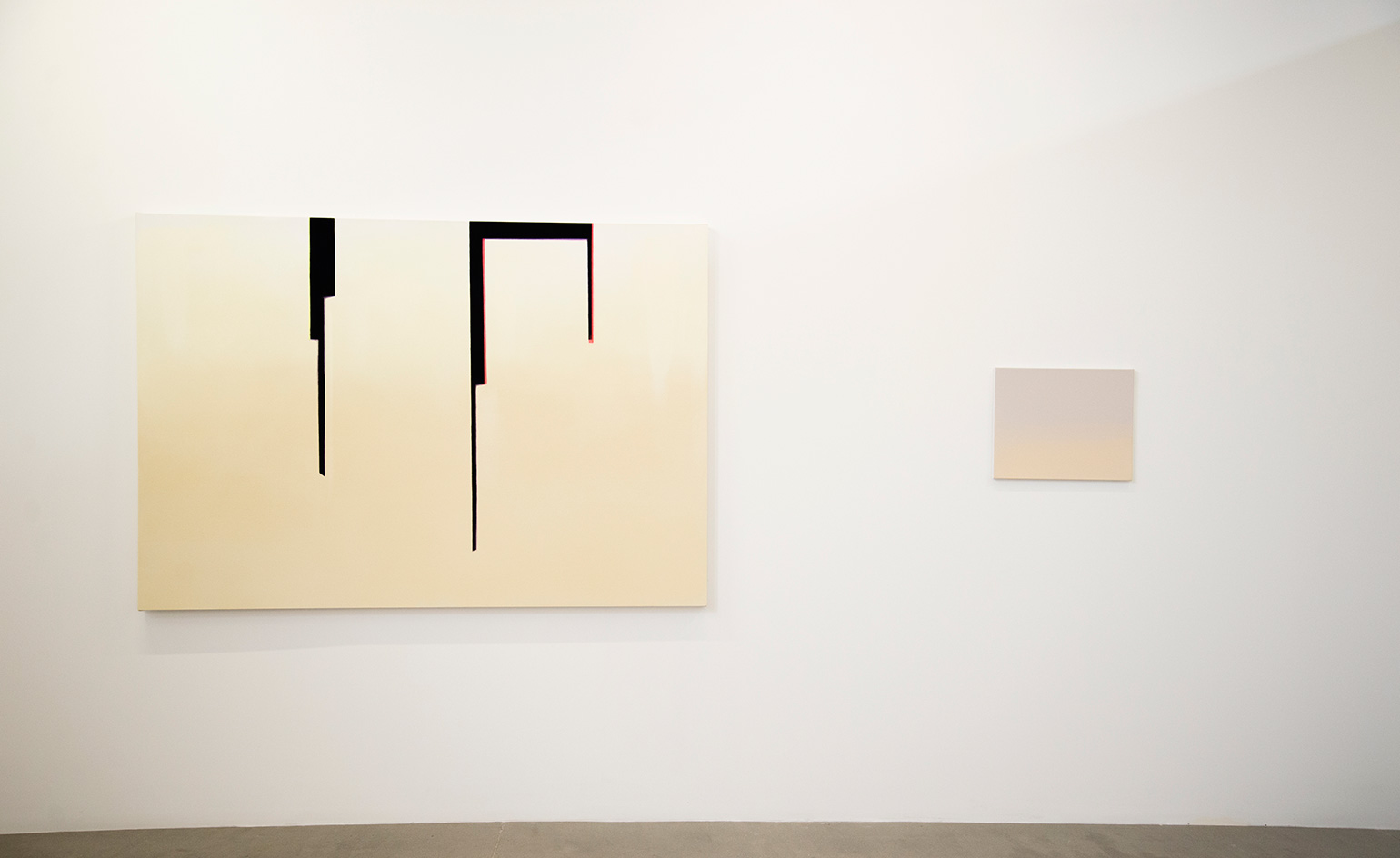
’I had no intention to do paintings of the skyline, but I checked in for one night, went up in the elevator, and when the door opened it was floor to ceiling windows overlooking lower Manhattan. I was seeing more sky than buildings, and it was absolutely spectacular,’ says Koop
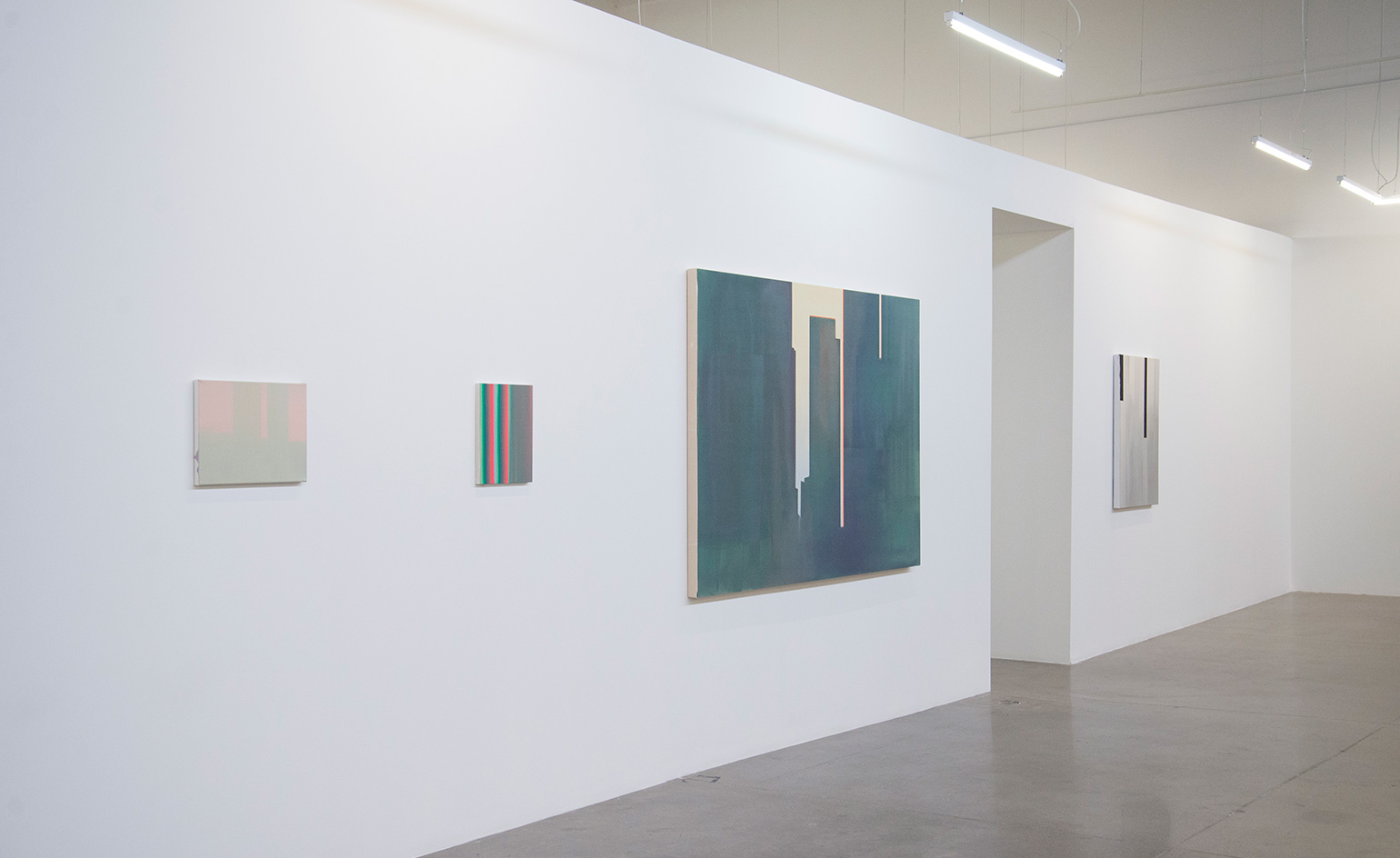
Recently bereaved, Koop found shelter in the spaces around One World Trade Center – ’this place between being and not being’ – and she gradually began making notes, sketching and ultimately rendering 30 canvases of the archetypal cityscape
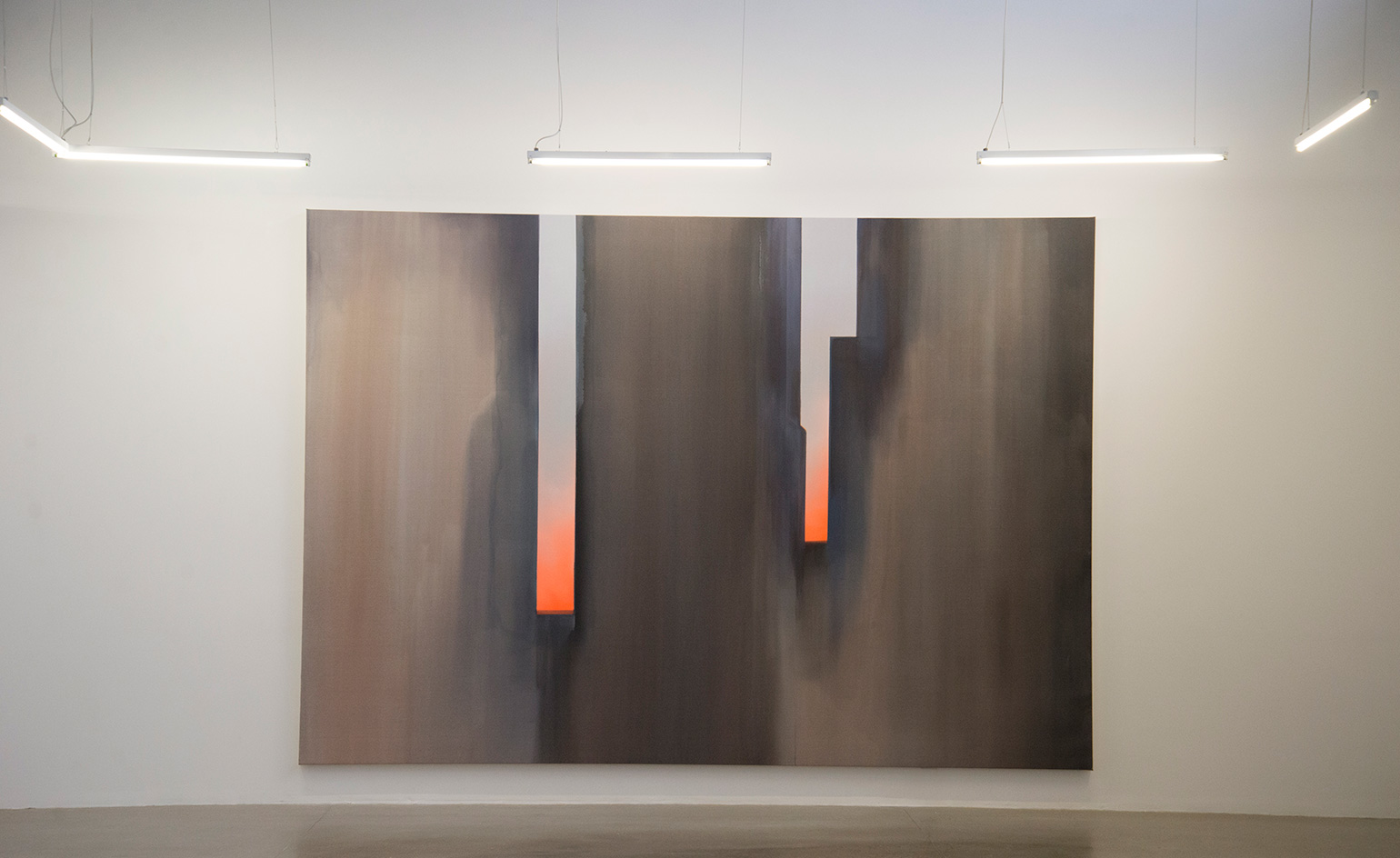
Upon her return to Canada she spent the next year and half realising the inspirations taken from Manhattan, filling sketchbooks and making 60 more paintings
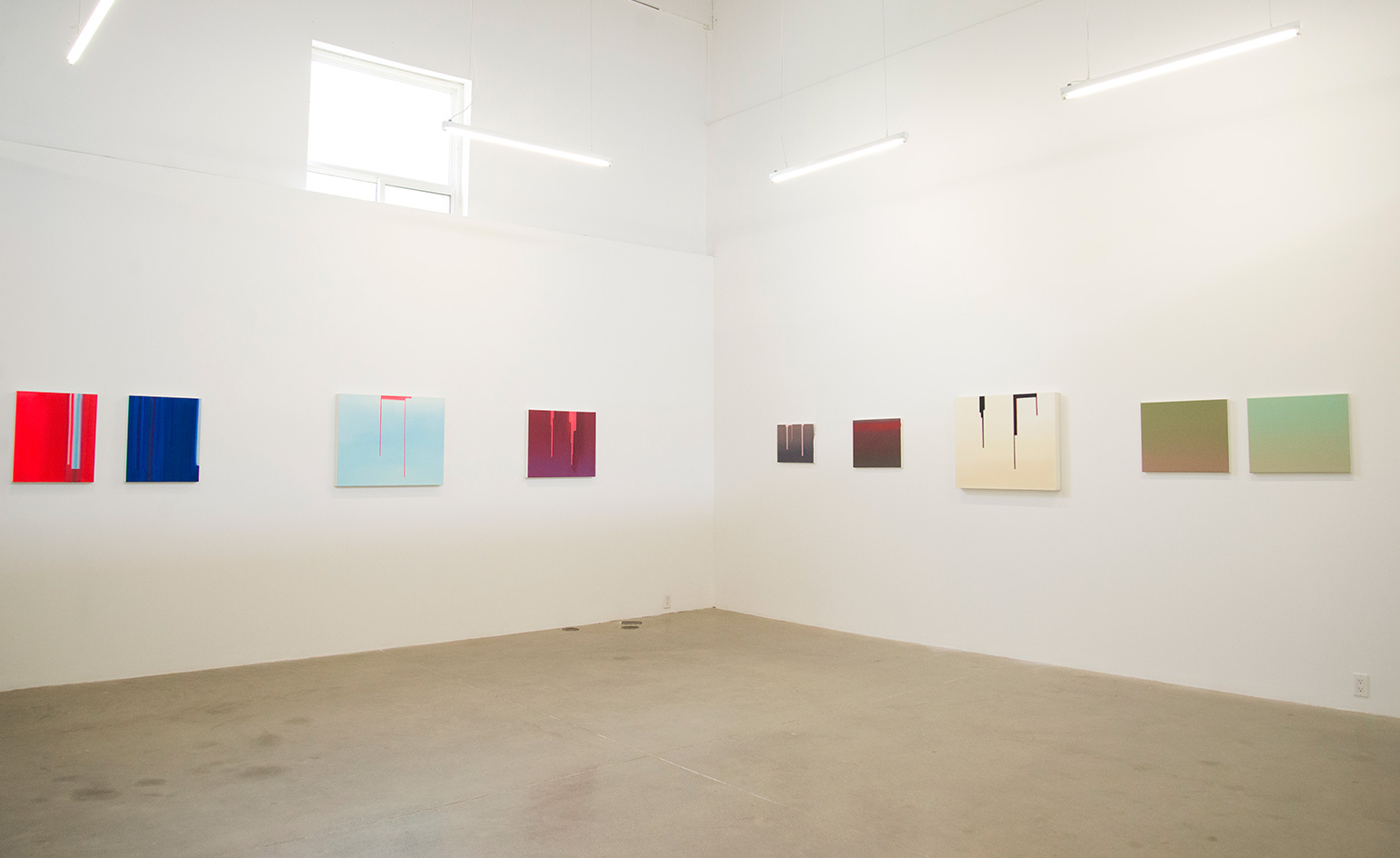
The resulting works place the viewer in a dense field of vibrant brushstrokes which offer profound perspective shifts between ephemeral abstraction and sharp-focus representation
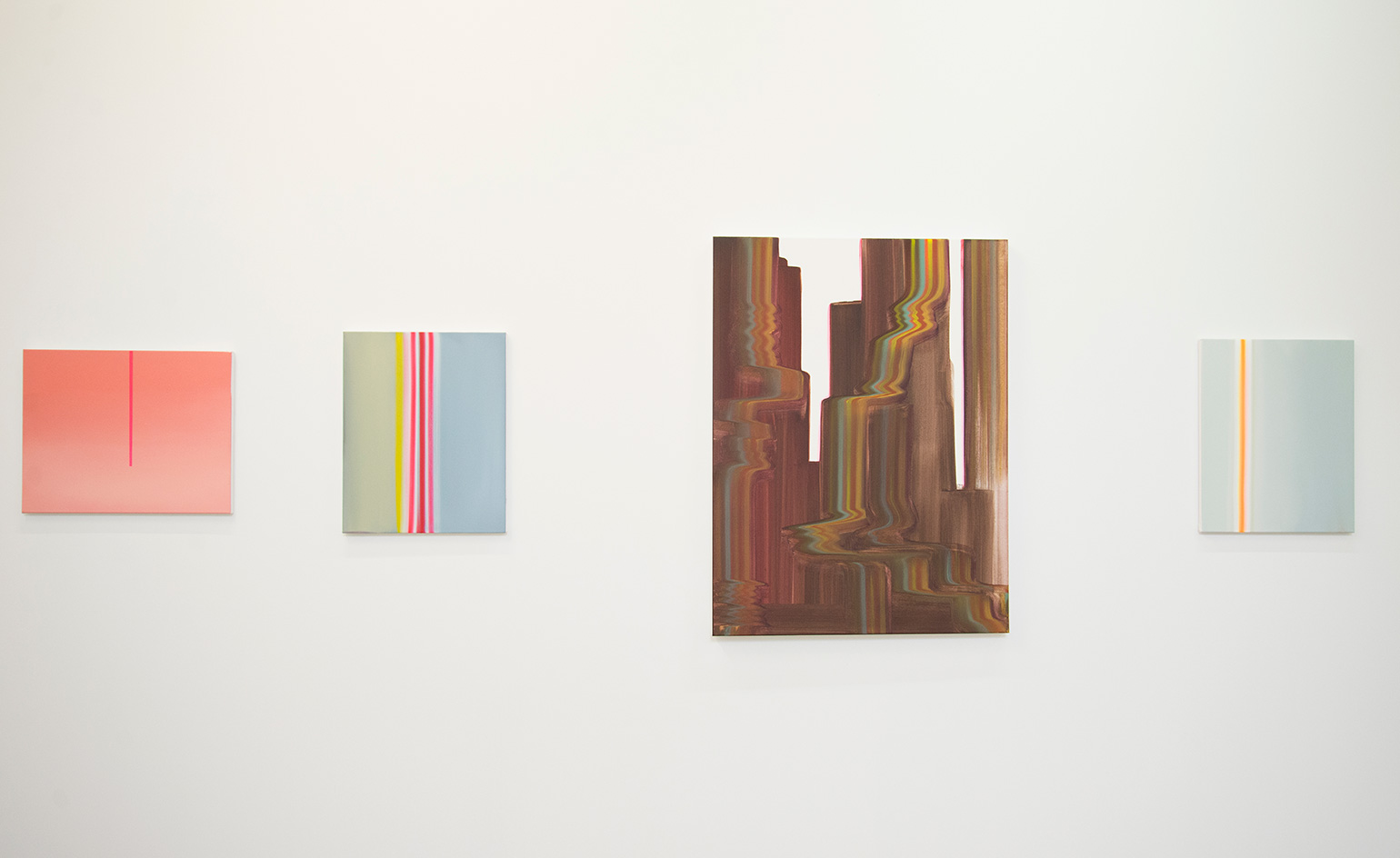
’I always think of myself as a visual language researcher. I’ve spent a lifetime researching colour, and it became this vehicle for me to talk about an environment that was in some ways familiar but also overwhelming for me,’ concludes Koop
INFORMATION
’In Absentia’ is on view until 8 October. For more information, visit the Division Gallery website
ADDRESS
Division Gallery
45 Ernest Avenue
Toronto, ON
M6P 3M7
Receive our daily digest of inspiration, escapism and design stories from around the world direct to your inbox.
-
 Nela is London's new stage for open-fire gastronomy
Nela is London's new stage for open-fire gastronomyA beloved Amsterdam import brings live-fire elegance to The Whiteley’s grand revival
-
 How we host: with Our Place founder, Shiza Shahid
How we host: with Our Place founder, Shiza ShahidWelcome, come on in, and take a seat at Wallpaper*s new series 'How we host' where we dissect the art of entertaining. Here, we speak to Our Place founder Shiza Shahid on what makes the perfect dinner party, from sourcing food in to perfecting the guest list, and yes, Michelle Obama is invited
-
 Matteo Thun carves a masterful thermal retreat into the Canadian Rockies
Matteo Thun carves a masterful thermal retreat into the Canadian RockiesBasin Glacial Waters, a project two decades in the making, finally surfaces at Lake Louise, blurring the boundaries between architecture and terrain